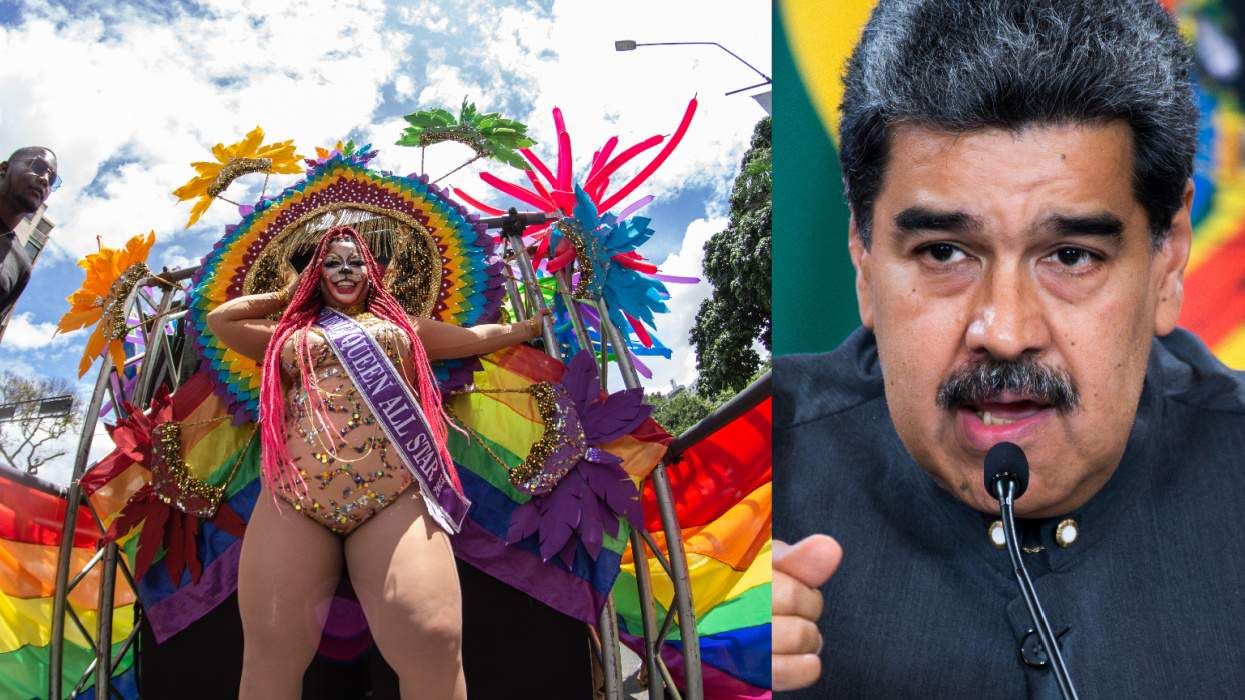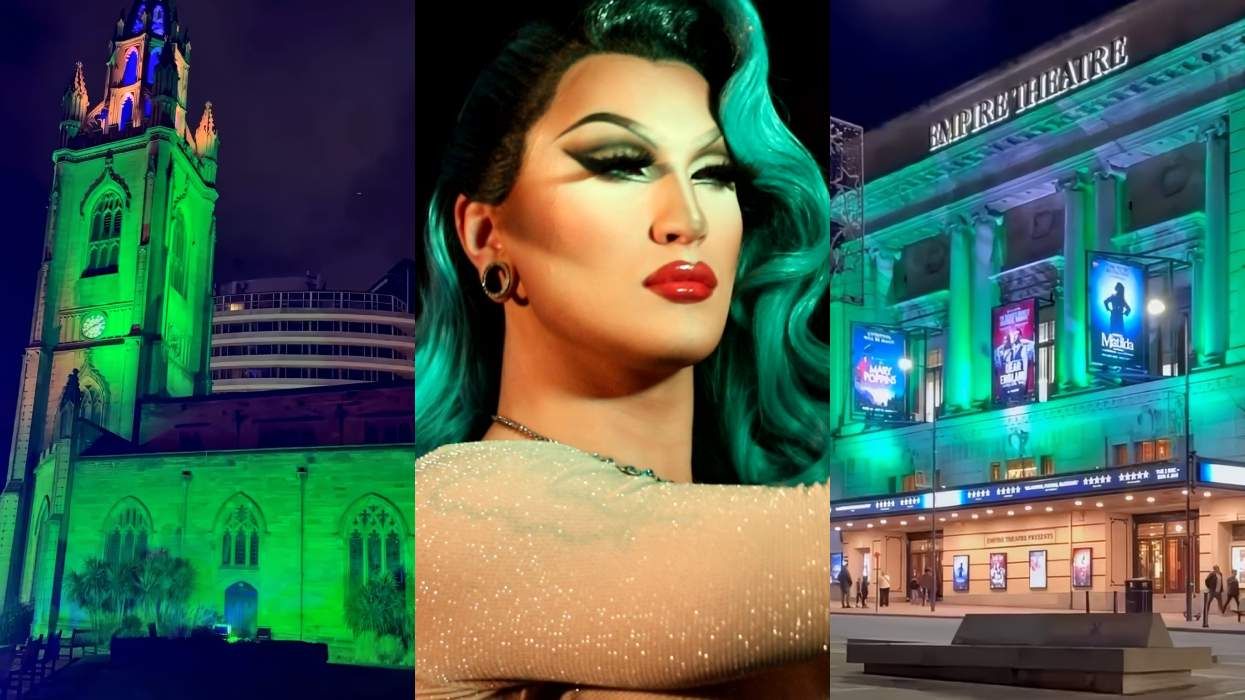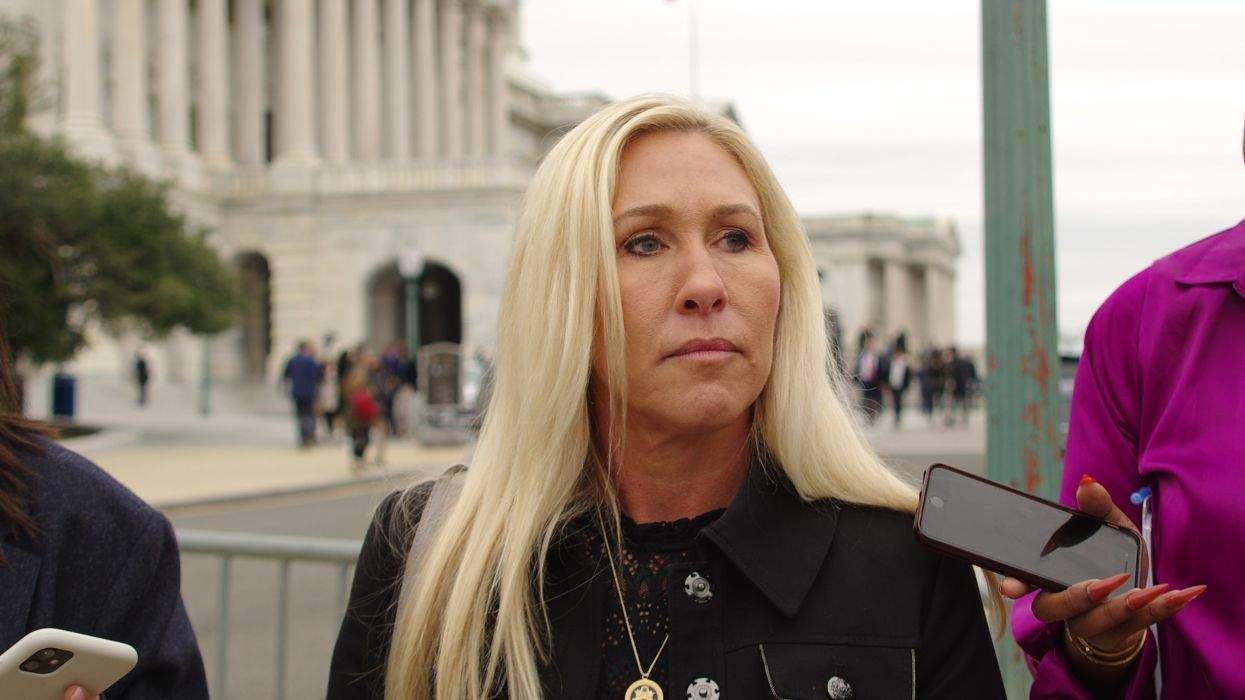I was 14 years old when I tested positive for HIV. My mother was with me when I got the results of the test, and afterward, we just went home. It was 1986, and I thought I was the only HIV-positive teenager in New York City. During the mid-1980s, there was very little attention paid to adolescents who were living with HIV. If it wasn't for the Hetrick-Martin Institute in New York -- which to this day still provides comprehensive services for LGBTQ+ youth -- I would not have known about the medical care I was able to receive from the Montefiore Medical Center's Adolescent AIDS Program in the Bronx. I will always be grateful to Dr. Donna Futterman, who led the then-new focus on HIV and adolescents for decades until she recently retired. She probably saved my life.
I was 16 when I began working in the field of HIV peer education by volunteering to talk to LGBTQ+ youth hanging out at the piers in the West Village. There was little training available back then and I learned a lot by reading The Body Positive magazine (which ended publication in 1999 and later became TheBody.com). Throughout the 1990s, I worked in various community-based organizations such as the Minority Task Force on AIDS, Stand Up Harlem, and the Hetrick-Martin Institute as a peer educator.
In 2007, I was recruited to work at GMHC. In between volunteering and working, I became involved with the house and ball community, which consists mostly of Black and Latinx LGBTQ+ youth and adults in the organizational structure of "houses." A house is a chosen family that includes a "house mother," "house father," and "children" who adopt the house name as their surname. I was a member of the Houses of Pendavis, Xtravaganza, Latex, and Khan. I eventually became a mother and later father and now am the grandfather of all Khan chapters internationally.
Chosen families in the house and ball community are people you want to be around. The house mother and father are role models who help their children to stay healthy, go to school or work, and even compete in categories at balls for voguing, modeling (or walking the runway), and showcasing their costumes -- like at GMHC's Latex Ball. While I had support from my birth parents, my house parents helped me to live my gay life. These houses continue to be crucial for LGBTQ+ youth who may have been rejected by their birth parents and who otherwise may be homeless. Up to 30 percent of homeless minors in large cities like New York identify as LGBTQ+ and most are youth of color. These youth are more likely to experience sexual and physical assault, trauma, discrimination, depression, and to be at higher risk for acquiring HIV.
The House and Ball community lost many members to AIDS at the onset of the epidemic in the 1980s. As a result, in 1989 GMHC (then known as Gay Men's Health Crisis) and leaders from the ballroom community created the House of Latex Project. GMHC continues to produce the Latex Ball, which has competition categories with prizes and offers free HIV testing, HIV prevention materials, and sexual health messaging provided by GMHC and over 20 community-based organizations, as well as the New York City and State Departments of Health.
Throughout the year, we reach people at other balls and LGBTQ+ youth venues as well as through social media and creative approaches to HIV prevention and safer-sex messaging. We also host mini balls, known as "kiki functions," that reach hundreds of young people and adults per year and offer HIV testing and prevention materials. Many of these youth are not yet connected to a house but are part of the broader ballroom community. Whether I am supporting this outreach through my work at GMHC or as the grandfather of the House of Khan, wherever I go, I take my work with me.
The COVID-19 pandemic has deeply affected these youth. At the beginning of the pandemic, to protect the health and safety of youth and staff, we had to close the Clubhouse at GMHC, which was where youth could come for discussion groups and workshops and to access computers. However, I was working remotely, calling a lot of our youth to learn about their needs and to offer support. I could hear the sadness in their voices and would link them to counseling and other health services. Not having the Latex Ball for two years -- due to the COVID-19 restrictions -- reminded me of the deep grief that I experienced during the 1980s and 1990s. However, out of this storm came a rainbow. These youth are resilient, and nothing stops them. Over the past two years of the COVID-19 pandemic, they even started virtual balls.
I am so excited that the Latex Ball will return this year on June 18. It is one of the most important balls in the community, with all its fabulousness, free HIV testing, and health materials. This year, just having all the houses in one place will be even more special. Even though the 30th anniversary of the Latex Ball would have been in 2020, we are going to celebrate it together this year. Sadly, we did lose some ballroom members to COVID-19 during this time, so we will also be celebrating their lives. Together with the youth who are a part of my chosen family at GMHC, we have the passion and dedication to help other youth like when I was 14 and needed the help.
Luna Luis Ortiz is the program coordinator for GMHC's Project Vogue and a Hall of Fame icon in the house and ball community. To learn more about GMHC's Latex Ball, visit the Latex Ball page on Facebook.















